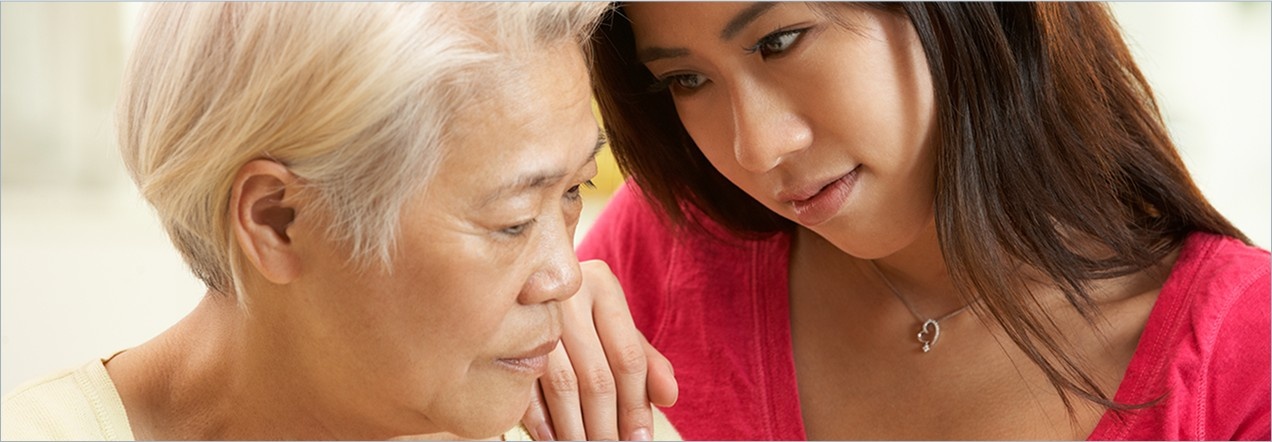回想一下,母親曾否發生過髖骨骨折?父親有脊柱彎曲徵象嗎?祖母因年紀漸大而身高慢慢變矮嗎?這些都是骨質疏鬆的症狀,若家人曾發生骨折或被診斷出骨質疏鬆,則可能意味你的家族有骨質疏鬆或低骨質密度的病史。
如果父母其中一人或兩人同樣患有脆性骨折,我有多大的骨折風險?
了解你的家族病史非常重要,因為遺傳會影響骨骼強度。父母患有骨質疏鬆,或出現骨折、身高下降或脊柱彎曲可能代表家族的骨質密度偏低,有機會面臨更大的骨折風險。1
一項根據34,928名男女因父母任何骨折病史而對其骨折風險影響的調查發現: 2
- 與沒有家族骨折史的人相比,他們因骨質疏鬆而骨折的風險增加了 22%
- 如果父母曾發生髖骨骨折,這種風險更會增加到 54%
患有骨質疏鬆的女性骨密度較低,女兒也有機會出現同樣問題
另一項研究發現,將已收經的骨質疏鬆女患者與一般已收經女士進行比較並分析其骨質密度,得出以下結果:3
- 與正常已收經女士相比,已收經的骨質疏鬆女患者的骨質密度降低了高達33%
- 與一般已收經女士的女兒相比,已收經的骨質疏鬆女患者的女兒骨質密度也降低了7%
在骨質疏鬆發生之前評估你的風險
立即 按此 進行國際骨質疏鬆症基金會的骨質疏鬆風險評估,了解更多相關風險因素並作出自我評估。4 根據評估結果,向醫生查詢可否需要進行骨骼健康評估。
如果你是50歲以上的已收經婦女,請諮詢醫生意見進行骨質疏鬆評估。
-
參考資料
- International Osteoporosis Foundation. Love your bones: Protect your future. 2016. osteoporosis.foundation/educational-hub/material/brochures. Accessed: 30/10/2023.
- Kanis JA, et al. Bone 2004;35:1029–37.
- Seeman E, et al. N Engl J Med 1989;320:554–58.
- International Osteoporosis Foundation. Osteoporosis.Risk.Check. 2019. riskcheck.osteoporosis.foundation. Accessed: 30/10/2023.


